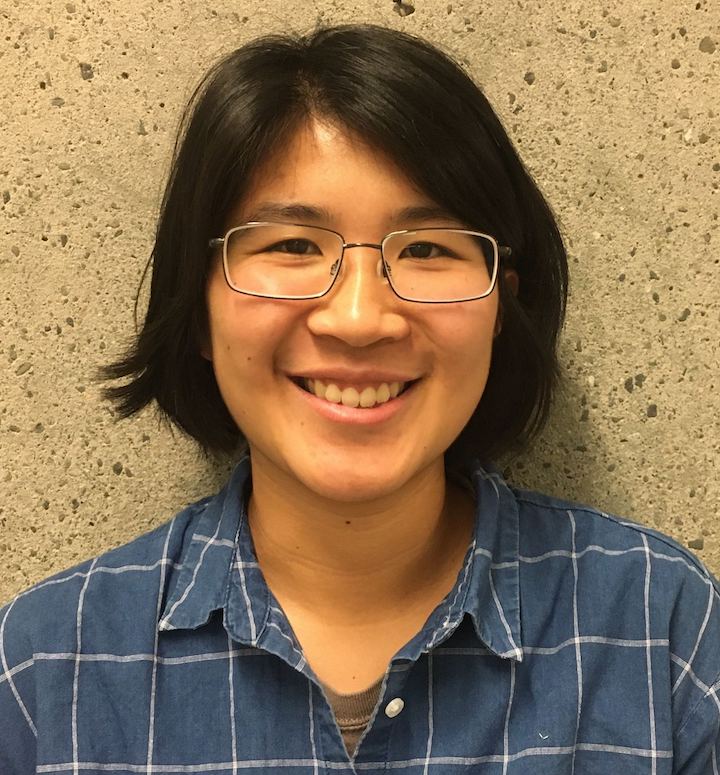
Casey Lam
4 letter mollusk AT carnegiescience DOT edu**Insert appropriate mollusk constructed using my first initial + last name. This is my attempt at foiling spambots.

|
Casey Lam4 letter mollusk AT carnegiescience DOT edu**Insert appropriate mollusk constructed using my first initial + last name. This is my attempt at foiling spambots. |
I earned my PhD Summer 2023 from the Department of Astronomy at UC Berkeley. My thesis, advised by Professor Jessica Lu, was focused on understanding the Galactic black hole population with gravitational microlensing.
I earned my bachelor's degree in math and physics (and also a pirate's license) from MIT in 2017.
A PDF of my CV (current as of August 2023) can be found here.
Get the published papers here: Astrophysical Journal Letter, companion Astrophysical Journal Supplement
In a follow-up study, we re-analyze OB110462 with both new and re-reduced data, as well as updated analysis tools, to verify its nature. We find that OB110462 is a 6 solar mass black hole, and that the mass in the previous study had been underestimated. This is due to a bright nearby star that induces a positional bias in the measured astrometry of OB110462. Our previous method of measuring the bias underestimated its true value. With the improved determination of the positional bias, we measure a different astrometric signal than before. Modeling the updated astrometry leads to the updated higher mass for OB110462.
Get the paper here (accepted to the Astrophysical Journal)Get the published paper (Astrophysical Journal) here.
The code repository for the simulation can be found on GitHub. PopSyCLE is still being actively developed and we welcome contributions.
In a white paper I led, we advocate to include the study of isolated black holes as part of the Galactic Bulge Time Domain Survey.
I am also interested in what Roman can do in conjunction with other observatories (e.g. Rubin Observatory's LSST and more).
My publication record can be found on ADS, ORCID, or arXiv.
A summary and full list (current as of August 2023) can be found in my CV.
